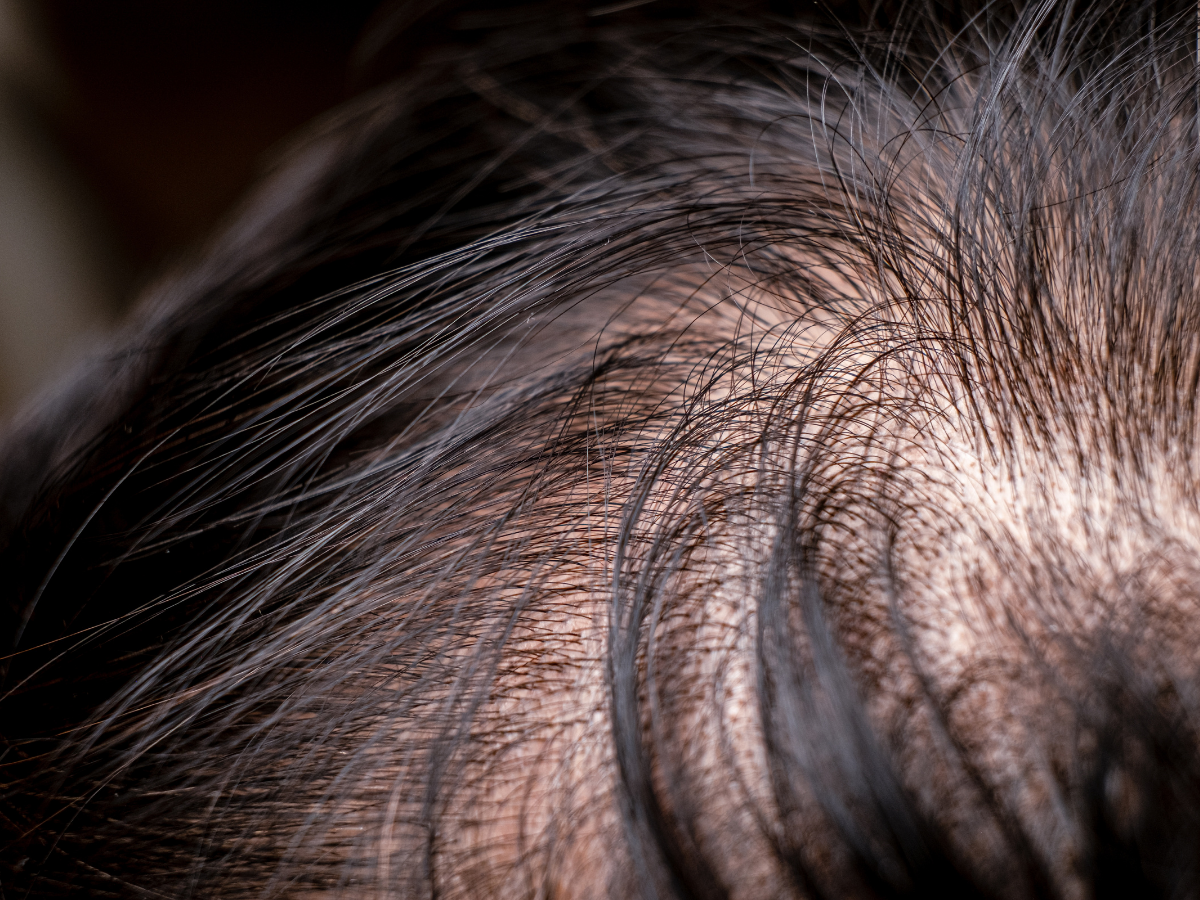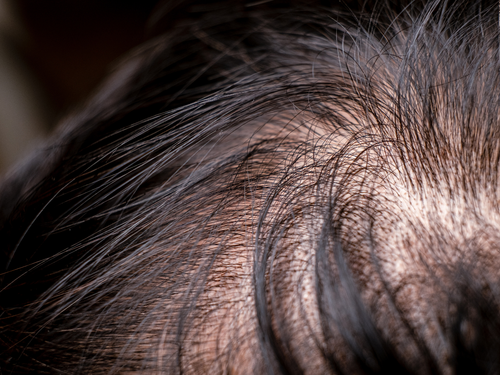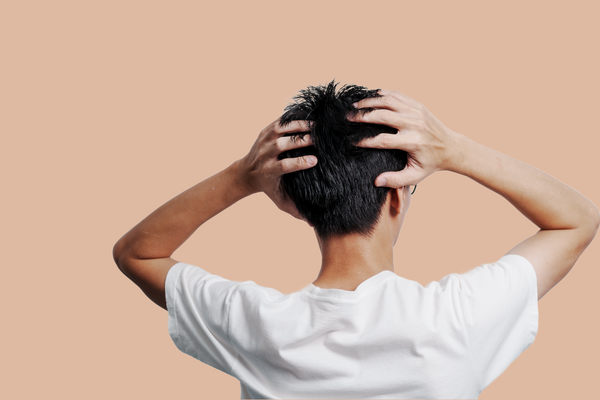How Much Hair Loss Is Normal in the Philippines?

Noticing more hair on your pillow, shower drain, or comb can be alarming—but how much hair loss is actually normal? Is shedding always a sign of baldness, or is it just your body doing what it’s supposed to?
Here’s the truth: some hair loss is completely normal. In fact, it’s a healthy part of your hair’s natural growth cycle. But there’s a fine line between normal shedding and something more serious like male pattern baldness.
Let’s break it all down so you know what to watch for and when it’s time to take action.
How the Hair Growth Cycle Works
Your scalp contains about 100,000 hair follicles, and they don’t all grow hair at the same time. Each hair follicle is in a different stage of a continuous cycle:
-
Anagen (Growth Phase) – Lasts 2–6 years. Around 85–90% of your hair is in this phase at any given time. It determines the maximum length your hair can grow.
-
Catagen (Transition Phase) – A short transitional phase lasting about 2–3 weeks. Hair growth slows down, and the follicle shrinks.
-
Telogen (Resting Phase) – Lasts around 2–3 months. During this time, the old hair is resting while a new one begins to grow underneath.
-
Exogen (Shedding Phase) – This is when the hair detaches and falls out, making way for a new strand to push through.
It’s completely normal to shed 50 to 100 hairs per day as part of this natural process. According to the aad, that amount is considered within the healthy range.
So... How Much Hair Loss Is Actually Normal?
If you’re losing fewer than 100 strands per day and your hair looks and feels the same, you're likely in the clear. However, there are a few variables that can temporarily increase hair shedding:
-
Washing your hair – You may notice more shedding on wash days, but this is typically older hair being released
-
Seasonal changes – Some people shed more hair in the fall or spring
-
Stress or illness – Known as telogen effluvium, this can trigger sudden shedding, but it usually reverses after several months (Harvard Health)
If you’re losing more than 150 hairs a day for weeks or noticing visible thinning, it’s worth investigating further.
When to Be Concerned About Hair Loss
Not all hair loss is created equal. Sometimes it’s temporary and reversible—but other times it’s progressive and needs early treatment. You should consult a doctor if you notice:
-
A receding hairline, particularly around the temples
-
Widening part or more visible scalp, especially at the crown
-
Excessive shedding for more than three months
-
Miniaturization – where hair grows back finer and shorter
-
Bald patches or uneven hair loss
These could be signs of androgenetic alopecia, the most common form of hair loss in both men and women. This condition is hereditary and linked to sensitivity to the hormone DHT (dihydrotestosterone).
Causes of Abnormal Hair Loss
Hair loss can be caused by several factors, often acting together:
-
Genetics – The most common reason behind progressive hair thinning
-
Stress – Physical or emotional stress can cause telogen effluvium
-
Hormonal imbalances – Including thyroid issues or PCOS in women
-
Diet deficiencies – Low levels of iron, protein, vitamin D, or B12
-
Medications – Like antidepressants, blood pressure medications, or birth control
-
Scalp infections or skin conditions – Including seborrheic dermatitis or tinea capitis
-
Tight hairstyles and harsh treatments – Traction alopecia from tight ponytails, braids, or chemical relaxers
In many cases, resolving the underlying issue (e.g., stress, nutrition, or hormones) can restore healthy growth.
Is It Hair Shedding or Hair Loss?
Understanding the difference is key:
-
Hair shedding is normal and temporary. It’s when hair falls but grows back at a steady pace.
-
Hair loss means the follicles are shrinking, inactive, or damaged—so new hair doesn't grow to replace what’s lost.
According to a study published in Dermatologic Clinics, distinguishing between shedding and hair loss is best done through physical exams, bloodwork, and sometimes scalp biopsies if needed.
How to Track Hair Loss Over Time
Worried you might be losing too much? Try these methods to keep tabs on your hair:
-
Photographs – Take monthly photos in consistent lighting to spot gradual changes
-
Scalp visibility – Notice if your part is getting wider or scalp is more visible
-
Shower test – Monitor hair collected in the drain or comb each day
-
Hair texture – Are new hairs coming in thinner than before?
If you’re unsure, an online consultation with a licensed provider—like the ones offered by Andyou—can give you a professional evaluation from home.
What You Can Do If You’re Losing Too Much Hair
If your shedding exceeds the normal range or you suspect early balding, don’t panic. Effective treatments are available:
1. Finasteride
A prescription medicine used by doctors to help manage certain types of hair loss. It should only be taken under professional supervision
2. Minoxidil
is a topical solution available in pharmacies. Consult a healthcare provider before starting or combining any treatments.
3. Hair Serums and Growth Kits
Formulated with peptides, caffeine, or botanical actives to support scalp health, reduce inflammation, and prevent breakage.
4. Low-Level Laser Therapy (LLLT)
Devices that use red light to improve circulation and reactivate hair regrowth.
5. Nutrition and Supplements
Biotin, vitamin D, zinc, and iron are all vital to hair strength. Bloodwork may reveal deficiencies contributing to your hair loss.
6. Stress Management
Incorporating practices like sleep hygiene, mindfulness, or exercise can support hormonal balance and reduce telogen effluvium.
How Andyou Helps with Hair Loss in the Philippines
Platforms like Andyou make it easier than ever to take control of your hair health. Whether you’re unsure about what’s normal or ready to begin treatment, you can:
-
Start with a free online assessment
-
Get matched with a licensed doctor
-
Receive personalized hair-care guidance from licensed doctors.
-
Prescriptions can be filled through licensed pharmacies as directed by your doctor.
No awkward clinic visits, no pharmacy lines just professional support tailored to you.
Final Thoughts
Yes, losing some hair every day is perfectly normal. But knowing the signs of abnormal shedding can help you act early, while your follicles are still responsive to treatment.
Whether you’re seeing a few extra strands or facing visible thinning, there’s no shame in asking for help. The earlier you act, the better your chance of preserving the hair you’ve got.
Want answers on whether your hair loss is normal? If you’re concerned about hair loss, consult a licensed dermatologist or healthcare provider for personalized advice.

Explore More Guides and Articles You'll Love
Explore our latest guides and articles to help you learn more about the latest trends in the industry.

Stress, Sweat, and the Sun: The Real Reasons Filipino Men Lose Hair Early
Filipino men often notice hairlines changing earlier than expected.

Can Stress Alone Make You Bald? The Science Behind Filipino Hair Loss
Many Filipinos are familiar with how stress can take a physical toll, from restless nights to sudden hair shedding.

Does Biotin Really Help Hair Grow Back? Filipino Review
Hair loss is a concern shared by many Filipinos, from students in Quezon City dealing with academic stress to call center agents managing erratic sleep schedules.












